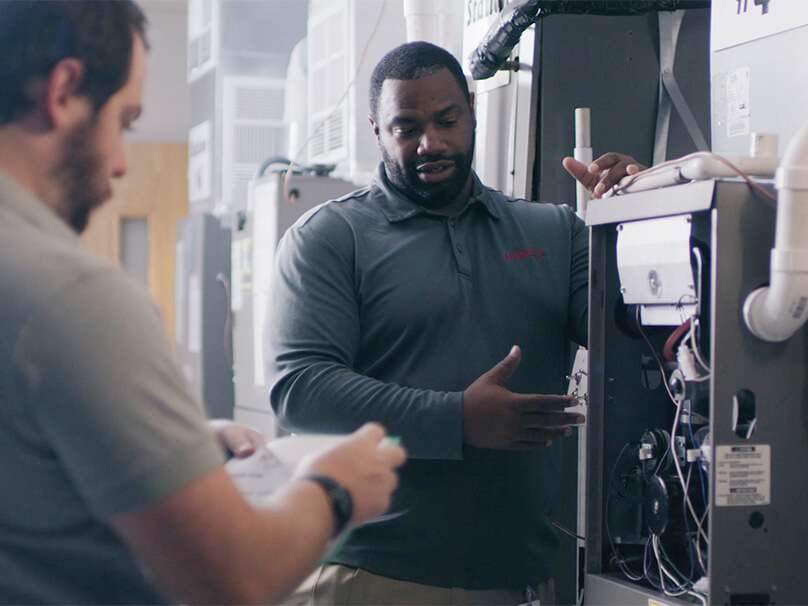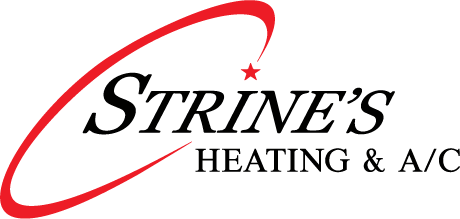
You want a comfortable home, but your furnace isn't performing well. Should you get it fixed, or is it time to buy a new unit? Choosing between furnace repair and furnace replacement services involves considering multiple factors, including your safety, home comfort and indoor air quality. You must also consider your current heating equipment's age and performance.
Should You Repair or Replace Your Furnace?
Look for these signs your furnace is failing:
- Uneven performance or cold spots in your home
- Escalating heating bills despite your usage patterns remaining the same
- Constant furnace breakdowns that leave you scrambling
- Odd noises or lingering odors
While simple repair solves some of these problems, persistent or worsening symptoms are often indicators that your old furnace is ready to retire.
Quick Fixes That Can Keep You Warm
Sometimes, furnace repair services are all you need to handle the problem. Issues like clogged filters, thermostat malfunctions or minor electrical problems are usually budget-friendly to resolve. The cost of furnace repair is less than replacement, especially if your system is still within the average lifespan of a furnace (about 15 to 20 years).
Choosing to repair your HVAC equipment makes sense if your furnace is fairly recent or still under warranty. An skilled technician can return your comfort without the expense of a total upgrade. Don't forget that routine furnace maintenance, tune-ups and annual inspections are the best ways to keep your system running efficiently season after season.
Is It Time to Stop Pouring Money Into Repairs?
It may be time to consider replacing your furnace if it is more than 20 years old and you're making constant service calls or dealing with a significant component failure such as a cracked heat exchanger. Aging units can cause risks such as carbon monoxide leaks, while modern, high-efficiency furnaces deliver better performance and lower bills.
The up-front cost to replace a furnace may feel high, but replacement is often a sensible long‑term investment compared to accumulating repair bills and the annoyance of ongoing breakdowns. New, energy-efficient furnaces may also be eligible for rebates that make the change more economical.
Repair Costs vs. Replacement Value
The furnace repair vs. replacement cost equation is crucial. Let's compare a few factors that influence the cost of furnace repair and the cost to replace a furnace.
Replacement might be your best choice if your repair costs add up to more than half the price of a new unit.
Don't forget to consider efficiency gains. Rebates and reduced utility bills can balance out the initial costs.
Ask about financing your furnace installation and spreading out the total price into installments that suit your budget.
When to Seek Professional Advice
Are you ready to start exploring your choices? A licensed HVAC technician can help you weigh the pros and cons of gas vs. electric furnaces, explain the warranty on new furnaces and recommend additional add-ons like smart thermostats, which give you more control over your home comfort and optimize HVAC efficiency. Professional input lets you make more well-informed, calculated choices for your long‑term comfort.
Deciding whether to repair or replace isn't always easy, but you can make the call by looking for signs of furnace failure and comparing costs. No matter what you choose, the goals are the same – steady heat, improved efficiency and reassurance.
